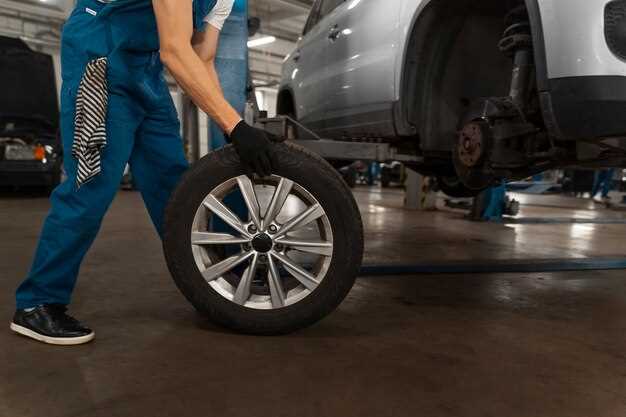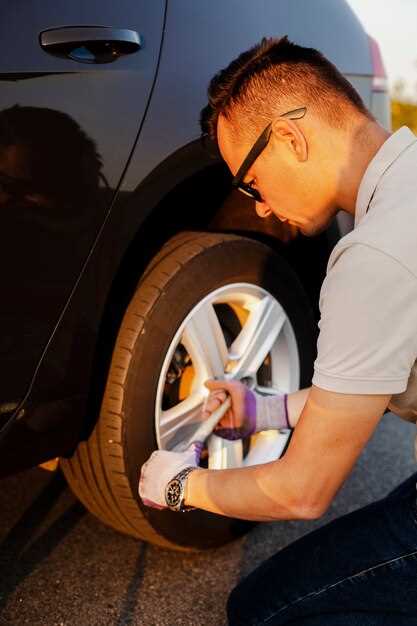
Tire stretching is a popular modification in the automotive community, often pursued for aesthetic appeal and improved handling characteristics. However, achieving the desired stretch safely requires a careful approach to avoid compromising tire performance and safety. Understanding the techniques involved and recognizing the warning signs of improper installation are crucial for enthusiasts looking to enhance their vehicles without incurring unnecessary risks.
Implementing safe tire stretching techniques begins with selecting the right tires and wheels for the desired stretch. Consulting manufacturers’ specifications and ensuring that the tire aspect ratio complements the wheel width is vital. Using specific tools, such as tire warmers, can also facilitate stretching by increasing the tire’s pliability, ultimately reducing the chances of damage during installation.
While the appeal of a stretched tire look is undeniable, it is crucial to remain vigilant about warning signs that indicate potential issues. Be aware of excessive sidewall deformation, uneven tire wear, or bulging edges, as these can be indicators of an unsafe stretch. Regular inspection and maintenance are essential to ensure that not only the aesthetic aspects are considered but also the safety and performance aspects are upheld.
Proper Tools and Preparations for Tire Stretching

To safely stretch tires, having the right tools and preparations is crucial. First, ensure you have a high-quality tire stretching tool or a tire changer that can accommodate the desired stretch. Tools specifically designed for this purpose minimize the risk of damaging the tire or wheel.
Next, gather a heat gun or propane torch. Heating the tire evenly before stretching helps soften the rubber, making it more pliable and easier to work with. Be cautious when using heat, as excessive temperatures can compromise the tire’s integrity.
A tire pressure gauge is essential to monitor and adjust the tire pressure during the stretching process. Keeping the pressure in check prevents over-expansion and potential blowouts. Additionally, a set of tire spoons or levers will assist in maneuvering the tire onto the rim without causing damage.
Prepare a clean, flat workspace to perform the stretching. Remove any debris that could scratch or damage the tire. Make sure to wear appropriate safety gear, including gloves and safety glasses, to protect yourself from any potential hazards.
Lastly, always ensure you are working in a well-ventilated area. Chemical fumes from tires can be harmful, so breathing fresh air while performing the procedure is vital. With the right tools and environment, you can proceed safely and effectively with tire stretching.
Step-by-Step Guide to Stretching Tires Safely

Stretching tires can enhance the aesthetics and performance of your vehicle when performed correctly. Follow this guide to ensure safe and effective tire stretching.
-
Gather Necessary Tools:
- Tire stretching tool or machine
- Pump and air gauge
- Tire lubricant or soap solution
- Safety goggles and gloves
-
Choose the Right Tires:
- Opt for tires specifically designed for stretching.
- Check the manufacturer’s recommendations for your tire size.
-
Prepare the Tires:
- Clean the tires thoroughly to remove dirt and debris.
- Inspect for damages, such as cracks or bulges, which could lead to failure.
-
Soften the Rubber:
- Use tire lubricant or a soap solution on the bead area to reduce friction.
- Heat the tires moderately with infrared heat sources or a heat gun (if applicable).
-
Stretch the Tire:
- Place the tire on the stretching tool or machine.
- Gradually apply tension to the tire, ensuring even stretching across the surface.
- Monitor the bead seat as you work to avoid over-stretching, which can cause failure.
-
Inflate the Tire:
- Slowly inflate the tire to the recommended pressure while inspecting for leaks.
- Adjust the pressure as necessary to achieve the desired stretch.
-
Check for Defects:
- Inspect for bubbles or unevenness around the bead after inflation.
- Perform a visual and physical inspection for signs of stress or damage.
-
Test the Tire:
- Mount the tires on the vehicle and drive at low speeds initially.
- Monitor for vibrations, noise, or handling issues during the test drive.
By following this step-by-step guide, you can ensure a safe and effective tire stretching process. Prioritize safety at all stages and consult professionals when uncertain.
Identifying Warning Signs of Over-Stretched Tires
Over-stretched tires can pose serious risks to vehicle safety and performance. Recognizing the warning signs early can prevent accidents and costly repairs. Here are common indicators that your tires may be over-stretched:
1. Uneven Wear Patterns: Inspect your tires for unusual wear on the edges or the center. Over-stretched tires often exhibit signs of excessive wear on one side, which indicates improper alignment or inflation issues. This can lead to reduced traction and handling problems.
2. Bubbling or Blistering: Examine the tire sidewalls for any bulges or blisters. These deformities are signs of structural damage due to excessive stretching. If left unaddressed, they can lead to blowouts while driving.
3. Vibration While Driving: Noticeable vibrations or shaking felt in the steering wheel may indicate that the tires are not properly aligned or balanced. This can stem from over-stretching, affecting both ride comfort and safety.
4. Increased Air Loss: If you find yourself frequently checking and inflating your tires, this may be a sign of over-stretching. Tires that are too stretched can lose air pressure more rapidly, leading to under-inflation and further stress on the tire structure.
5. Cracking on Sidewalls: Inspect the sidewalls for any cracks or fissures. Stretching can cause the rubber to become brittle and weak, leading to potential tire failure. Regularly assess the condition of your tires to catch these signs early.
6. Decreased Handling and Control: If you notice a decline in your vehicle’s handling, such as a lack of responsiveness during turns, it could indicate that your tires are overstretched. This affects stability, especially during cornering, increasing the risk of skidding.
7. Noise While Driving: Listen for unusual sounds, such as humming or thumping while driving. These noises may signify that the tire’s integrity is compromised, often due to over-stretching.
Being aware of these warning signs can help you maintain your tires properly and ensure your safety on the road. Regular tire inspections and maintenance are crucial for optimal performance and longevity.
